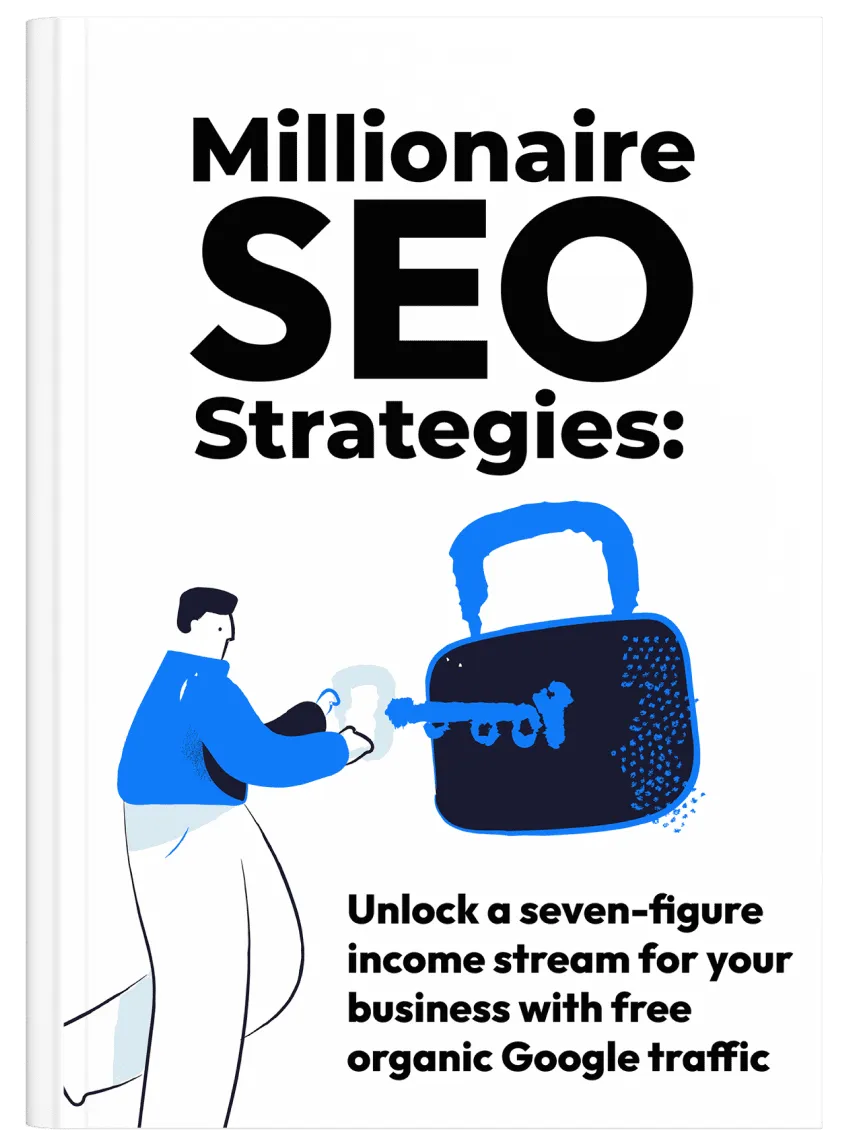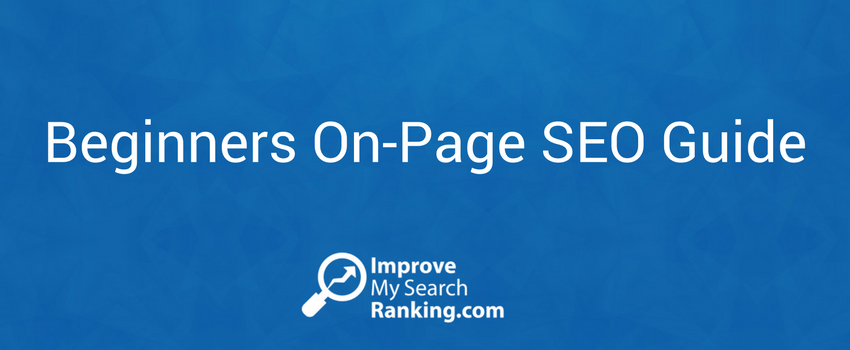
How to improve the local customer experience on your website
Why focus on user experience?
Search engines have evolved over the past few years. They do not rely on exact match keywords as much as they used to do a decade or two ago. Their search engine ranking factors are now more complex and involve many different variables.
One of those factors is the user experience.
Google wants to send visitors to a website only when it believes the site will offer a great user experience. Websites that offer a good user experience are more likely to rank higher in search engine rankings.
In other words, you can improve your organic traffic, conversions, and revenue by improving the local customer and search experience on your website.
Let’s see how you can do that.
1. Create high-quality, relevant, and useful content
First and foremost: you have to create great content.
High-quality content is the basis of modern-day SEO. If users cannot find relevant and useful content quickly and efficiently, they are less likely to have a good user experience on your site.
What does Google qualify as high-quality content?
High-quality content is (1) relevant to the search queries, (2) useful to website visitors, and (3) original.
For more information, check out Google’s content-specific webmaster guidelines and Google’s search quality rater guidelines.
2. Create content for different stages of the sales funnel
Not all website visitors are ready to buy from your business right away. Each customer goes through different stages, which we normally call the different stages of the sales funnel.
A sales funnel is commonly divided into the following stages.
- Awareness. Awareness refers to the stage when the customer realizes they have a problem and start seeking a solution. You can create “top of the funnel” content (TOF) for website visitors who are in the awareness stage, e.g., “Benefits of using a commercial fleet dash cam”
- Research. Research refers to the stage when your customer evaluates different solutions and options. This is the stage where they usually compare different products, read customer reviews, and search for case studies to see how much a particular product, solution, or service might help them solve their problem. You can create “middle of the funnel” content (MOF) for people who are in this research phase.
- Decision. This is usually the final stage where the website visitor makes a decision, purchases your product, and becomes your customer. You can create “bottom of the funnel content” (BOF) to cater to this group of people, e.g., “Motive dash cam discount offers.”
Creating different types of content for visitors at different stages of the sales funnel will allow you to serve them better. This eventually translates into a better user experience, higher on-site engagement, and more revenue.
3. Clear, concise, and consistent NAP information
One of the key parts of improving the user experience is to minimise confusion. You can do that by displaying clear, concise, and consistent NAP information.
NAP stands for Name, Address, and Phone number of your business, and it should be consistent across the web.
Learn more about the importance of consistent NAP and why it’s important for local SEO.
4. Add testimonials and reviews
Adding testimonials and customer reviews prominently on landing pages can not only help increase the conversion rate but can also help improve the user experience by establishing trust, authority, and credibility.
This small strategy also feeds into Google’s E-A-T requirements, which continue to become more and more important.
5. Create a user-friendly website design
Easy to navigate. High engagement.
The overall user experience on your website depends heavily on the website design and user-friendly it is. There are a few elements here that we should focus on:
- A clean, aesthetically pleasing, functional, and uncluttered website design.
- The site must be mobile-friendly.
- The navigation structure should be simple and user-friendly.
Many problems surface because of a poor navigation structure. If the user cannot find their desired page in less than three clicks, you have work to do. The navigation structure is also used by Google to determine which pages to prioritize.
A user-friendly website design and easy-to-use navigation structure leads to higher engagement, increased average time on site, and an overall better user experience.
6. Improve your website loading speed
Last but not least, you must improve the loading speed of your website if you want to improve the local customer experience.
No one likes a website that takes too long to load. Studies reveal that more than 40 percent of visitors abandon a website that takes more than 3 seconds to load.
That cannot be an indication of a good user experience.
If you want to learn how to improve the loading speed of your website, check out our free guide on website speed optimisation.








